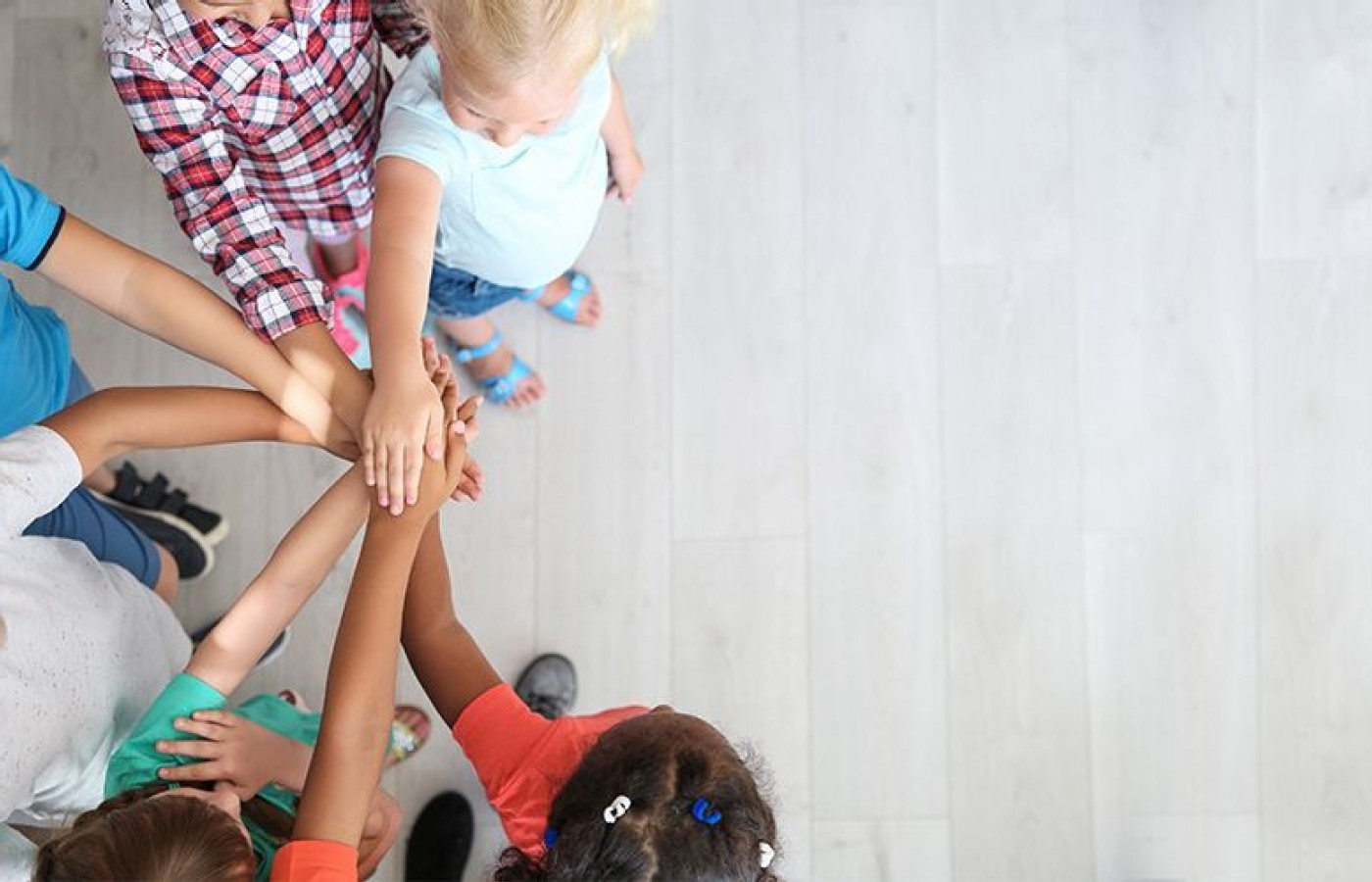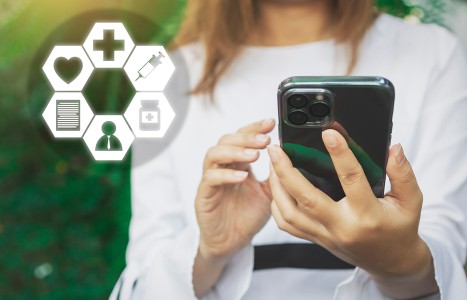People today want convenience, whether it be from their bank, credit card, favorite retail store, or restaurant. They demand it from the companies who hold their loyalty, including their health care providers (you). They don’t want to call and possibly be put on hold, and they want to use an app or schedule an appointment on your website. Here are three reasons your practice can gain by switching to online appointment scheduling.
Children and Gun Trauma
Why am I addressing Uvalde in my Asian bodywork therapy column? The school shooting occurred just 150 miles from us in Austin, evoking past tragedies of Parkland and Sandy Hook. My previous columns on pediatric trauma1-2 prompt me to focus anew on the myriad ways colleagues, teachers and parents suggest handling these types of tragedies.
All those I have polled comment on the layered effect of the mass shootings on top of the unsettling uncertainties and isolation of the COVID years. Austin-based psychotherapist Deb Lyons, PhD, stresses the importance of listening to kids. "Parents have a tendency to jump in with too much info instead of asking open-ended questions," she says.
Dr. Lyons adds, "My young, 20-year-old clients have also been deeply affected, outraged and scared. They find outlets in rallies and demos, but [are] uncertain about their own futures."

Former school psychologist Janet Cook, LAc, is equally concerned about the high number of teachers dropping out and underfunding in low economic communities, where school counselors may only spend 15 minutes with a traumatized child.
Emily George, another local teacher, says it's vital to help kids process feelings of fear and anger, adding that older kids can be shown "how to put their anger into action to end gun violence." Her 10-year-old son Jake's school has lockdown drills as often as severe weather drills.
Austin bilingual teacher Rosa Rodriguez Ramirez talked about the problem she has being strict with her pre-K 4-year-olds when it comes to drills. I suggested she use theatrical storm themes to get the kids to role play so they learn drill action without being scared.
Tips for Clinic
Janet Cook advises helping young clients do "deep belly breathing" to stimulate the parasympathetic nervous system to reduce stress. She also emphasizes teaching the six healing sounds of qigung.
In my work with traumatized kids, I've found group stretching to be invaluable, including creative imagery depending on the age of the child. Younger kids respond beautifully to my "fruit salad qigung," in which they move and craft the shape of different favorite fruits, and with thoughts of the Five Elements. Huge imaginary fuzzy peaches or large oranges that need peeling express Earth.
For a perfect way to release GB (wood) to ease pent-up anger, use slow side stretches. Lean over with one arm overhead (like a banana, and then repeat on the other side as "a friend of the banana."
For a great UB (water)* stretch against fear, reach up as though picking grapes off a vine. Any activity that involves stretching the spine and arms reverses a tendency to hunch.
For a really boisterous group exercise, encourage kids to mimic their favorite animals.
To anchor even younger kids, encourage them to imagine themselves as trees, deeply rooted – growing tall and then with branches growing outward (great pericardium / san jiao stretch / fire); and finally, to pick favorite fruit or flowers off the branches.
A great move for the metal element? Raise the arms straight overhead and then swivel the hands, back and forth, stretching the thumbs (wonderful lung and LI activation). The metal element is also enhanced by parents and teachers helping kids maintain regular structure and routines at home and in school.
Clinic as a Welcoming Space
Establish a safe and fun space, particularly during times of local or national trauma. Avoid the "clinical look." Hang colorful art or fun drawings on the walls; wear beautiful colors; drape your mat or table with cartoon- or animal-themed linen. Pin up large sheets of drawing paper on the wall or a mirror. Give kids a box of crayons and an array of stickers, and suggest they create a picture of whatever imagery is in their head; or an activity they most enjoy that helps them feel safe. Reassurance is the key.
Large exercise balls are ideal. No child needs to be asked twice to drape her / himself over a ball, offering a spontaneous stretch and a great treatment position at the same time.
Parents are being advised to watch out for behavioral changes, mood swings, insomnia, tummy upsets or unusual outbursts of anger – some or none of which the child may choose to share with a therapist. I've always found it helpful to teach kids to access P 6 and P 8 simultaneously in moments of anxiety or fear, and LI 4 for any tummy aches; and to shake their bodies like a rattle to get rid of negative feelings.
Encouraging discussion is ideal, but what about a child who is frozen in time and unable to verbalize? "Comfort dogs" were brought into Uvalde by different organizations4 for that very reason. Andrea Hering, president of Crisis Response Canines, told NPR about the ability of dogs to break down barriers. "Dogs are non judgmental – they don't ask questions," she said. One of the dog handlers recalled a moment during a tender interaction between a traumatized boy and his dog. After four days of total silence, the boy lifted the dog's ear and described the shooting incident.
Long-Term Concerns
Community outpouring, interfaith vigils, flowers and GoFundMe efforts help to buffer raw edges. I've asked San Antonio-based Latina singer Irma Aguilar to create and perform songs honoring Uvalde. But additional skills are needed to help minimize long-term effects. Adult survivors of wars they experienced as kids tell me their fear started in peacetime and an unfamiliar silence.
"Leila L," who endured Middle East wars as a child, has talked to me often about this dilemma. She knows she functions best in a crisis, such as using her nursing skills to volunteer at the 9/11 site immediately after the collapse of the Twin Towers.
Final Thoughts
Before teaching a shiatsu workshop on trauma in Belfast3 a few years ago, I arranged to meet a psychologist working with disturbed youth groups of Catholics and Protestants. Her sessions provided a way of airing / sharing past grievances to help the kids move forward; and address issues of "inter-generational trauma," whereby the youngest members of families grow up deeply affected by something that happened to parents or grandparents.
Some of my German graduates provided shiatsu at summer camps in Croatia (1999-2002)5 to traumatized kids from warring sides of the Balkan conflict. Therapists offered 20-minute treatments per child: "very nurturing, gentle rotations and stretching"; before addressing relevant meridians and acupoints. Afternoon sessions were dedicated for teachers and staff.
One tiny orphaned boy, "Samir," constantly refused shiatsu until the therapist suggested he work on her after observing her work on other kids. He palmed down her UB meridian along her back and her legs. Then he worked her arms and feet. "I'm sure he got the best of this treatment even though he reversed the roles," shared Hilke Bleeken, of Hamburg.
Author's Note: My Austin colleagues, Janet Cook, LAc, Suzanne Rittenberry, LAc and Alighta Averbukh, LAc, among others, agree it's not enough just to deal with gun trauma in our clinics. As health practitioners, we should all campaign for tighter gun regulations, especially to prevent 18-year-olds from buying over-the-counter assault rifles.
References
- Ferguson PE: "Exploring the Link Between Pain and Trauma." Acupuncture Today, July 2011.
- Ferguson PE: "Creating Child-Friendly Clinics With ABT." Acupuncture Today, April 2014.
- Ferguson PE. Gained in Translation – Shiatsu and Trauma Workshops From Belfast to Vienna. In Ferguson PE, Persinger DD (eds): Sand to Sky: Conversations With Teachers of Asian Medicine; iUniverse, 2008.
- Treisman R. "Comfort Dogs Have Been Deployed to Uvalde Texas, From Near and Far." NPR, May 26, 2022.
- Bleeken H. "Vacations From the War – Shiatsu With Children at a Summer Camp in Croatia" AOBTA Pulse News, Winter 2002.
Other Resources
- Pearson C. "An-Age-by-Age Guide to talking to Children About Mass Shootings." The New York Times, May 25, 2022.
- "1,500 Dead Since 2009: Can U.S. Do Something About Mass Shootings?" The New York Times, May 29, 2022.
- Foster-Frau S, Zakrzewski C, Nix N, Harwell D. "Before Massacre, Uvalde Gunman Frequently Threatened Teen Girls Online. No One Stopped Him." The Washington Post, May 28, 2022.



